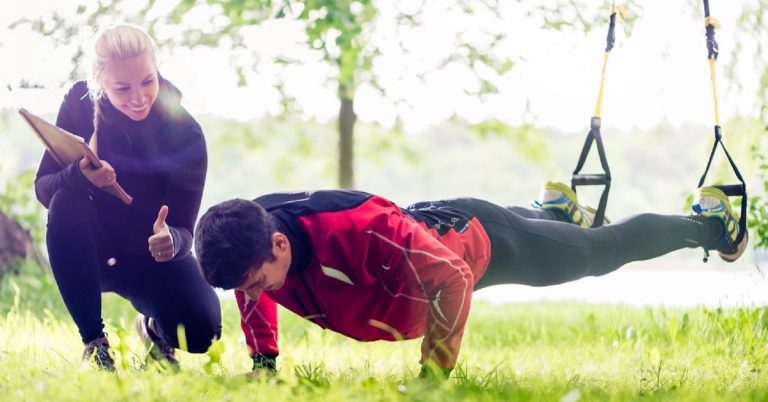Yesterday, I introduced you to a 39-year-old client who came to me complaining about knee pain. From now on, I’ll call him “Bobby”—in honor of a hockey legend who had over a dozen knee surgeries that ultimately ended his career.
Everything with Bobby was going great. His knee pain disappeared, he learned to squat properly, his body composition improved, and his strength skyrocketed. We had excellent success.
But there was one problem—the commute!
A Change in Scenery
Bobby lived downtown, and my gym was in the suburbs. Depending on the time of day, the drive could be brutal. He asked if I would consider training him at his gym downtown.
And when I say his gym, I mean that literally—Bobby actually owned part of it!
To be honest, I wasn’t thrilled about making the trip, but he made me an offer I couldn’t refuse, so we made it happen.
The Rock Star and the Bosu Ball
One day, while Bobby was resting between sets of pull-ups, I noticed one of the head trainers working with a famous rock star.
Now, I won’t mention his name, but trust me—you know him.
Here’s the problem: the rock star was miserable.
His trainer had him performing bicep curls while balancing on one leg on a Bosu ball, and he kept losing his balance. He looked frustrated and defeated.
Week after week, his balance barely improved. You could see it on his face. Honestly, I was surprised he stuck with it for so long.
Strength vs. “Balance Training”
Meanwhile, Bobby was doing squats, deadlifts, pull-ups, dips, presses, and rows—no balance gimmicks—yet his balance while surfing and skiing improved significantly!
The takeaway? Strength training delivers more than any other form of training.
Personal Trainers vs. Personal Entertainers
I’ve said it before, and I’ll say it again: You’re a personal trainer, not a personal entertainer!
Use the 80/20 principle with your clients:
✅ 80% of the time should be devoted to tried-and-true exercises that actually work.
✅ 20% of the time can be used for fluff or balance work—if needed.
Don’t fall into the trap of making workouts look flashy instead of making them effective.

Beyond Reps: The Trainer’s Hidden Effort
The role of a personal trainer goes far beyond counting reps or demonstrating exercises. Clients often underestimate how much energy

Guiding Personal Trainers to Success: A Comprehensive Resource
In the aftermath of the pandemic, many personal trainers have found themselves struggling to rebuild the business they once had.

Mastering the Craft: 10 Essential Rules Every Personal Trainer Must Follow for Success
Becoming a successful personal trainer requires more than just knowledge of exercises and anatomy—it demands professionalism, communication skills, and a
follow
Error: No feed with the ID 2 found.
Please go to the Instagram Feed settings page to create a feed.
